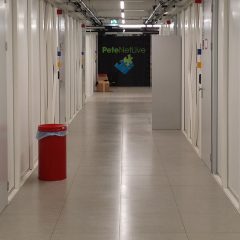Remote Desktop Services: Can’t Remove Dead Server
KB ID 0001415 Problem I was doing some RDS work for a client today, and it would seem that at some time in the past their RDS Licensing server had died, it had been replaced, and everything was working OK. But when I was adding roles to the new servers, this kept popping up; The following server in this deployment are not part of the server pool 1. Server-Name The servers must be added to the server pool. I could have ignored the...

